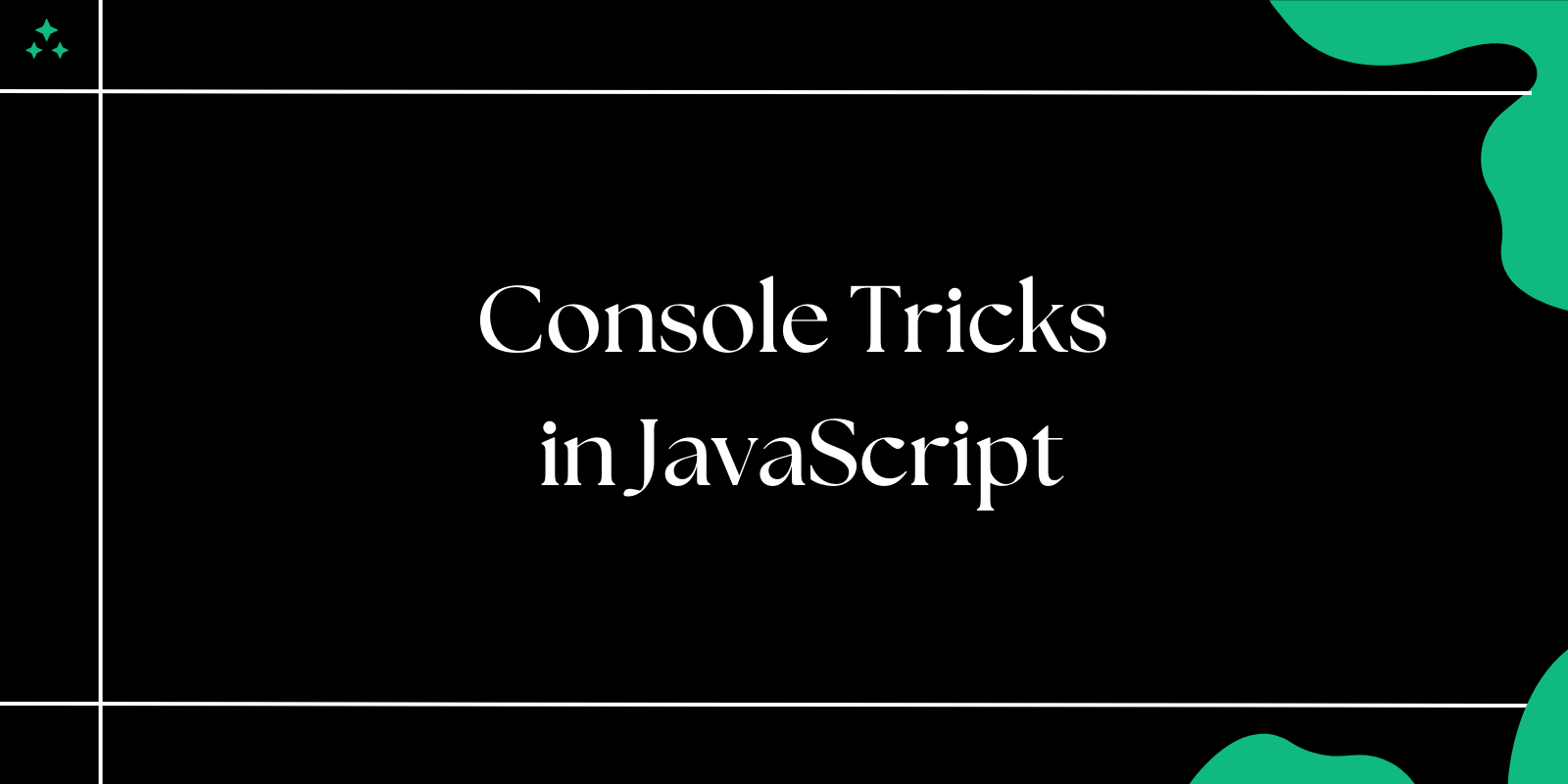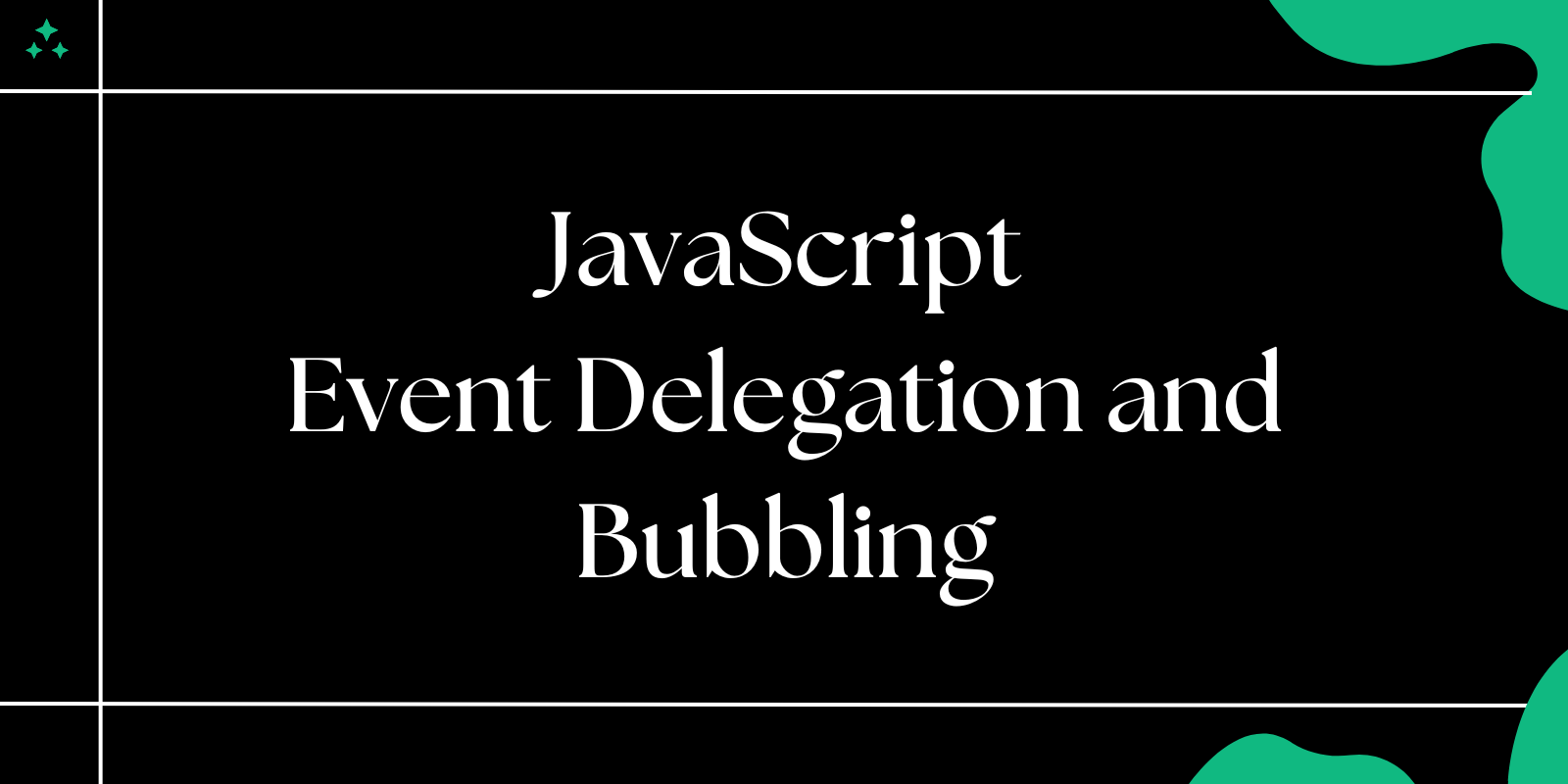Introduction
The browser console is a powerful tool for developers, offering more than just console.log() for debugging. JavaScript provides a variety of console methods that can save time, improve readability, and help you debug effectively. In this blog, we’ll explore some lesser-known but highly useful console tricks in JavaScript.
1. Grouping Logs with console.group() and console.groupEnd()
Organize related log messages into collapsible groups.
Example
console.group('User Data');
console.log('Name: John Doe');
console.log('Age: 30');
console.log('Role: Admin');
console.groupEnd();
This groups the logs under a collapsible "User Data" heading in the console.
2. Styled Logging with %c
Add custom CSS styles to your console messages for better visibility.
Example
console.log('%cStyled Text', 'color: white; background-color: black; font-size: 16px; padding: 5px;');
Use this to highlight important logs or warnings.
3. Counting Logs with console.count()
Track the number of times a specific log is executed.
Example
function apiCall() {
console.count('API called');
}
apiCall();
apiCall();
The console will display:
API called: 1
API called: 2
4. Timing Code Execution with console.time() and console.timeEnd()
Measure how long a block of code takes to execute.
Example
console.time('Loop Time');
for (let i = 0; i < 100000; i++) {}
console.timeEnd('Loop Time');
This prints the time taken to execute the loop.
5. Viewing Objects as Tables with console.table()
Display objects or arrays in a tabular format for better readability.
Example
const users = [
{ name: 'Alice', age: 25 },
{ name: 'Bob', age: 30 },
];
console.table(users);
6. Asserting Conditions with console.assert()
Log messages only when a specified condition is false.
Example
const age = 18;
console.assert(age >= 21, 'Age is less than 21');
This logs an error message if age is less than 21.
7. Tracing Code Execution with console.trace()
See the call stack that led to a specific point in your code.
Example
function first() {
second();
}
function second() {
console.trace('Trace');
}
first();
This helps identify the flow of function calls.
8. Clearing the Console with console.clear()
Remove all previous logs from the console for a clean slate.
Example
console.clear();
9. Warning and Error Messages
Use console.warn() and console.error() to distinguish warnings and errors from regular logs.
Example
console.warn('This is a warning!');
console.error('This is an error!');
10. Debugging with Breakpoints
Place a debugger; statement in your code to pause execution and inspect variables in the browser's developer tools.
Example
function calculate() {
let total = 0;
debugger;
for (let i = 0; i < 10; i++) {
total += i;
}
return total;
}
calculate();
Conclusion
The console is more than just a debugging tool-it’s a powerful aid for development and monitoring. By leveraging these tricks, you can enhance your debugging experience and improve productivity. Start using these today and take your JavaScript skills to the next level!
Happy coding! 🎉



